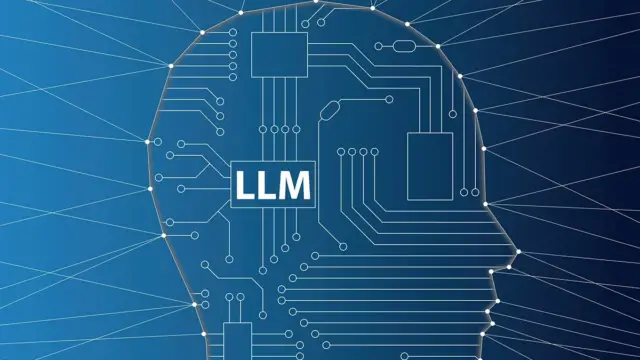
Many of us have grown accustomed to interacting with AI in our daily lives, from setting alarms with Siri to asking Google for recommendations. However, the performance of these AI-powered assistants can vary significantly depending on the complexity of the task. Simple requests are handled with ease, but more intricate tasks can yield baffling or nonsensical results. This discrepancy raises a crucial question: Do large language models (LLMs), the technology underpinning these assistants, truly live up to our expectations?
The Power and Pitfalls of LLMs
LLMs have emerged as the cornerstone of modern AI, powering applications like OpenAI’s GPT-4, Google’s Gemini, and Meta’s LLAMA. These models can generate human-like text, translate languages, write code, and even compose poetry. Their versatility, the ability to tackle a wide array of tasks with a single model, is both their strength and their weakness.
The challenge lies in evaluating such multifaceted tools. Traditional AI models are designed for specific tasks and assessed against tailored benchmarks. However, creating benchmarks for every potential application of an LLM is impractical. This dilemma leaves researchers and users grappling with how to accurately gauge an LLM’s strengths and weaknesses.
The Human Factor in LLM Evaluation
At the heart of this issue is the complex interplay between human expectations and AI capabilities. When deciding where to deploy an LLM, we rely on our past interactions with the model. If it excels at one task, we tend to assume it will perform well in related areas. This generalization process, while intuitive, can lead to misaligned expectations.
In a groundbreaking study, MIT researchers Keyon Vafa, Ashesh Rambachan, and Sendhil Mullainathan delved into how humans form beliefs about LLM capabilities and whether these beliefs align with actual performance. They collected a vast dataset of human generalizations, surveying participants on how they perceived an LLM’s performance on various tasks.
Their analysis revealed that human generalizations follow consistent patterns, predictable through natural language processing techniques. However, when they assessed how well LLMs aligned with these generalizations, a surprising paradox emerged: larger, more powerful models like GPT-4 often underperformed in high-stakes scenarios because users overestimated their abilities. Conversely, smaller models sometimes aligned better with human expectations, making them more reliable for critical applications.
Redefining LLM Evaluation
The researchers introduced a novel approach to evaluate model alignment. Instead of relying on fixed benchmarks, they modeled the human deployment distribution, the set of tasks humans choose based on their perceptions of the model’s capabilities. This method acknowledges that real-world LLM use hinges not only on the model’s actual abilities but also on how users perceive those abilities.
Navigating the Future of LLMs
The findings of this research offer valuable insights into the complexities of LLM deployment. While larger LLMs boast impressive capabilities, their misalignment with human generalizations can lead to costly errors. Conversely, smaller models may prove more reliable in critical applications due to better alignment with user expectations.
Moving forward, the key lies in understanding and modeling human generalizations to better align LLMs with user expectations. This could involve developing interfaces that provide users with a clearer picture of a model’s strengths and weaknesses or creating more targeted training data to enhance model performance across a wider range of tasks. By bridging the gap between expectation and reality, we can unlock the full potential of LLMs while mitigating the risks associated with overestimating their capabilities.


















